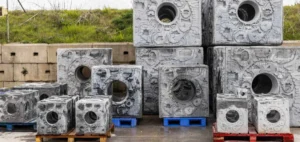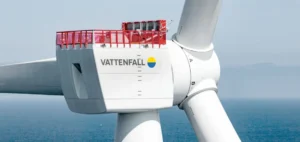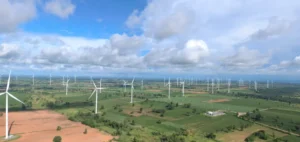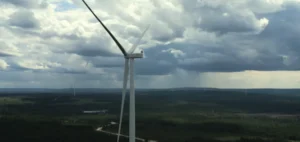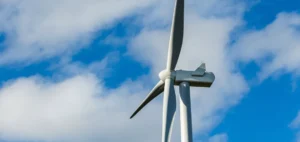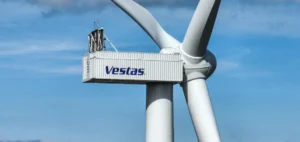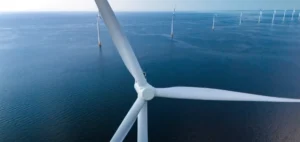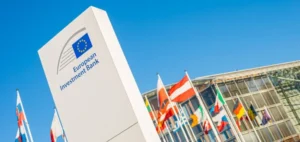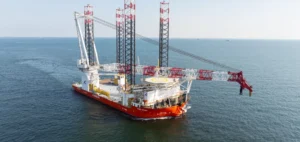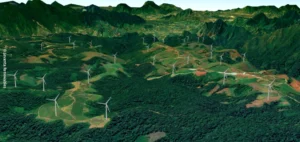East Celtic is a 900MW offshore wind project in Ireland, developed by energy giant RWE.
An international ambition
East Celtic, which will be built by RWE, is located off the Irish coast of Wexford and Waterford, in the south of Ireland. The development of the wind farm is recent, but the company believes that this project could allow it to achieve its objectives. Indeed, by 2030 the company plans to expand its powerful green generation fleet internationally to 50GW.
The consultation for this project will take place next year. East Celtic will then strengthen RWE’s wind power business. In addition, the company acquired the Irish company Western Power Offshore Developments Ltd.
RWE is positioning itself in favor of renewable energies. In parallel with the project, it is developing a wind farm, Dublin Array, capable of generating between 600 and 900MW of electricity. The park is located off the coast of Dublin and Wicklow.
Political support
The company is becoming a preferred partner for the Irish government, which wants to connect 7GW of offshore wind capacity to the grid by 2030. East Celtic could generate up to 900MW of clean wind power for the country. Sven Utermöhlen, RWE Renewables’ CEO of Wind Offshore, states:
“The acquisition of the East Celtic wind farm project is an important step in the growth of RWE’s Irish offshore business. Celtic aims to be included in the Phase 2 cycle of the Irish offshore project and could be invaluable in contributing to the Irish government’s 80% target by 2030.”
The Irish public will be able to comment and make changes. Thus, during a public consultation, citizens will produce recommendations regarding the overall size of the wind farm. The location of the wind turbines and the route of the cables will also be discussed.
In addition, public consultations will take place during 2023. Finally, East Celtic has considerable economic advantages. The South East region of Ireland could experience increased employability during both the construction and operational phases.










